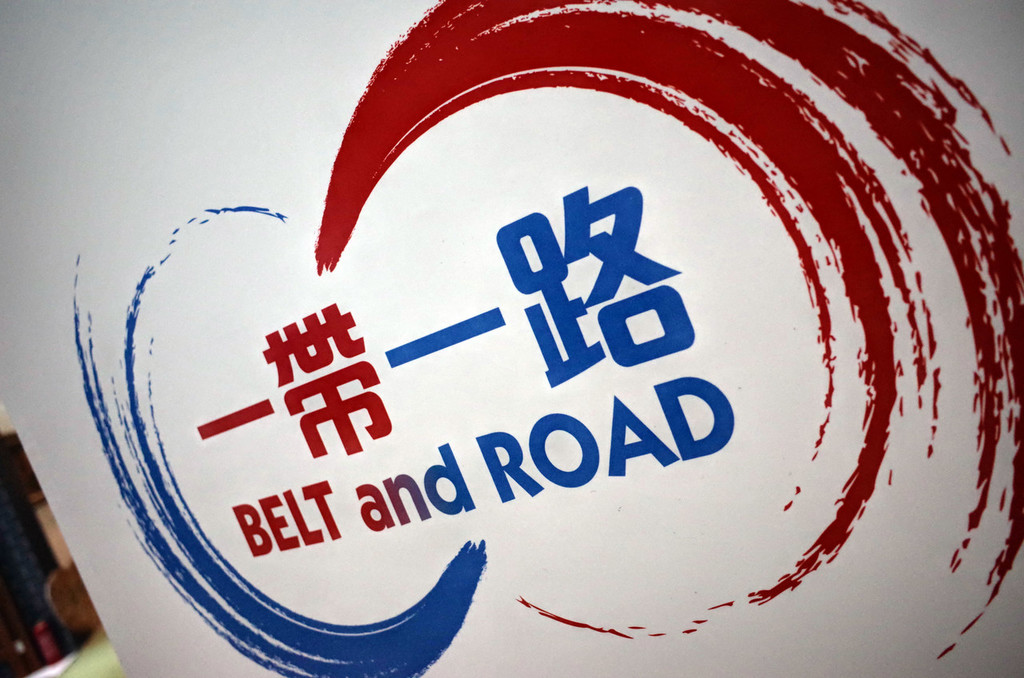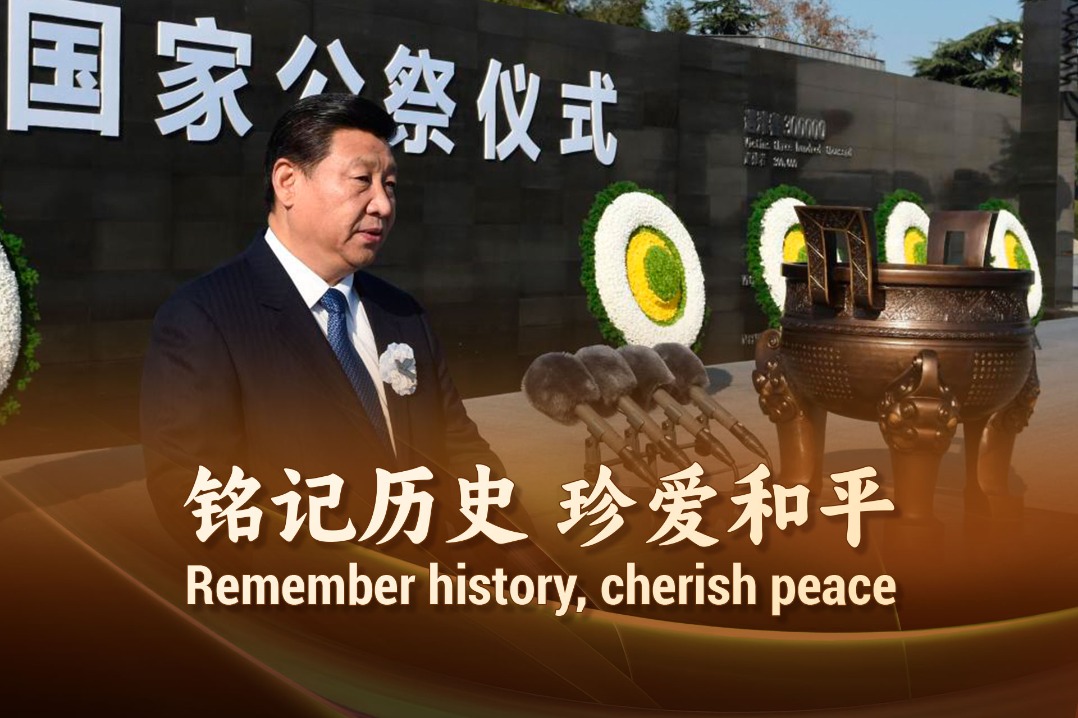China at 70: Learning from a nation transformed
By Mushahid Hussain | chinadaily.com.cn | Updated: 2019-06-19 14:42

With China preparing to celebrate the 70th anniversary of its founding on Oct 1, 2019, China's worldview in the multipolar "Asian Century" is based on the twin pillars. One pillar focuses on promoting economic connectivity (through the Belt & Road Initiative) driven by energy and ecology, ports and pipelines, and roads and railways. And the other one considers cultural cooperation (via the Conference on Dialogue of Asian Civilizations held recently in Beijing) through forging people-to-people connectivity, particularly among youth, media, academia, think tanks and tourism.
What is unique about China's remarkable transformation in a relatively short span of 70 years, which makes it a role model in the 21st century?
Primarily, the nation's success with alleviating poverty stands out. Within a generation or so, China has lifted over 750 million people out of poverty, a feat without precedent in human history. Changing so many lives for the better in such a short span of time is indeed unique. This huge success in poverty alleviation on such a size, scale and speed is what has inspired and impressed the world about the China model. Three vital ingredients of this success story in poverty alleviation are noteworthy: leadership with vision based on stability and continuity of policy, opening-up the economy to foreign investment by slashing bureaucratic red-tape and eliminating cumbersome rules and tedious procedures, and establishment of special economic zones (SEZs) and industrial parks. Neighbors and steadfast partners of China, like Pakistan, are hoping to learn from the Chinese role model in poverty alleviation, a process which Pakistan, a country of 210 million, has already begun. Mutual learning is a key element of this development story. After all, it was Deng Xiaoping's visit to Singapore in 1978 that spawned the first industrial park at Suzhou.
Pakistan is fortunate that the launching of the BRI, undoubtedly the most important diplomatic and developmental initiative of the 21st century, provided the opportunity to begin the China-Pakistan Economic Corridor (CPEC), the flagship and pilot project of the BRI. Within five years, CPEC has launched Pakistan on the trajectory to a better future, generating 70,000 jobs, plus registering the highest growth in a decade (5.8 percent) in 2018, and, more importantly, instilling new hope, confidence and faith in the future for young Pakistanis who comprise 65 percent of the population. Nine of the 21 early harvest projects have been completed, dormant projects like the Gwadar Port have been revived, and Pakistan has witnessed the easing of its chronic energy shortages of the past three decades, all thanks to CPEC.
However, with the initiation of the second phase of CPEC, announced last month in Beijing at the second Belt and Road Forum, the best of CPEC has yet to come. With a focus on socioeconomic development, six areas have been identified for people-centric investment: health, education, agriculture, water and irrigation, poverty alleviation, and vocational training. A total of 27 projects will be initiated in these six sectors in the less-developed and backward parts of the country for inclusive development, pushed by a generous Chinese grant of $1 billion, apart from the nearly $20 billion already invested in energy and infrastructure. Four SEZs are in the offing in different parts of the country, where relocation of Chinese small and medium-sized enterprises, plus joint ventures in specific areas, are planned. China has also offered 20,000 scholarships for Pakistanis in the next three years, on top of the 28,000 Pakistani students already studying in China. A key component of this growth strategy is making it environmentally friendly, with green development as its hallmark.
Pakistan feels that the most important implication of the China model is the manner in which China has helped transform the lives of millions of its citizens for the better. This example is helping to shape Pakistan's quest for a better tomorrow through policies and initiatives beneficial to its people.
Senator Mushahid Hussain, chairman of the Pakistan Senate Foreign Affairs Committee, first visited China in the early 1970s and since then has seen firsthand China’s transformation through nearly 90 visits over four decades.
The opinions expressed here are those of the writer and do not necessarily represent the views of China Daily and China Daily website.























